Let’s be real: even with my best efforts to take it slow, life can get overwhelming, and as artists, we can easily find ourselves feeling stuck or exhausted. Today, I want to chat about a practice that’s been so beneficial for me personally and professionally as an artist—daily journaling. Whether you’re feeling creatively stuck or just need a breather, journaling can be a surprisingly powerful way to recharge. It’s been a big part of my life for years now, so assuming daily journaling is something you’re interested in trying, I have some advice to get you started today. Let’s get into it!
What is Journaling, Really?
First, because I know that some of us have some preconceived notions around what journaling is, let me explain what I mean when I talk about journaling. For me, it’s not about sitting down and following some strict rules or prompts (unless you’re into that). Journaling can be whatever you need it to be. You might’ve heard terms like “morning pages,” “bullet journaling,” “free writing” or even “art journaling,” but here’s the thing: there's no one way to do it. Just like your art, your journaling practice should feel personal and totally yours. You don’t need to have a strict practice to see the results from it.

There’s No Wrong Way, Just Your Way
There’s no wrong way to journal—it’s all about finding what works for you. Below are a few popular approaches, but remember, you can mix things up however you like:
- Mind Mapping: This is a visual way to get your thoughts down. You jot ideas down, then connect them with lines or arrows. It’s a great way to brainstorm or work through complicated thoughts, especially when you’re planning out creative projects.
- Prompts: Sometimes, you just need a little spark to get things flowing. Prompts can be as simple as “What are you grateful for today?” or as complex as “What’s your vision for the next ten years?”
- Free Writing: This is the “let it all out” method. I know from personal experience that sometimes starting at a blank page can be a little overwhelming, so I recommend you set a timer for 5-15 minutes and write whatever comes to mind. No editing, no thinking too much—just go. Trust me, it sounds simple but it’s a great way to clear your head and tap into those deeper thoughts.
- Gratitude Journaling: If you want to focus on the good stuff (and don’t we all), this is the way to go. You don’t have to write ten pages for this to be effective either. Write down a few things you’re thankful for each day. It helps shift your mindset and can even spark more creativity.
Remember, you don’t have to pick just one method. Try mixing them up or just choosing whatever suits you each time you sit down to write. The goal is to find what feels right for you and make the practice of journaling more consistent so that you are better able to tap into your creativity.
The Benefits of Daily Journaling
Now that we've covered the “what,” let's talk about the “why.” I told you that daily journaling can spark joy and reduce stress, and here are just a few of the ways that’s true:
1. Getting Out of a Creative Rut
We’ve all been there—staring at a blank page or canvas, feeling like nothing is flowing. By making daily journaling a habit, you're basically giving your creative muscles a warm-up. I know that might sound a little strange, but think of it as stretching before you dive into a workout. Journaling stimulates that area of your brain.
Personally, when I journal regularly, I like to make it my judgment-free zone where I can toss out half-baked ideas, scribble thoughts, or even sketch rough concepts. Again, this comes back to not feeling like you need to journal “perfectly” to do it right.
Plus, journaling helps you spot patterns. Maybe you notice you’re more creative in the morning, or certain music really gets you in the zone. These little insights can help you fine-tune your routine over time. I’m a big believer that here on earth it’s our job to get to know ourselves deeper and deeper and this is a big part of that.
2. Reducing Stress
Chronic stress not only affects our health but can also stifle our creativity. And I know it sounds too “simple”, but journaling can play a big part in reducing stress in our everyday lives. Writing about your thoughts and feelings can help you process emotions and experiences. Especially when you're feeling overwhelmed or stuck on a problem.
Journaling also provides a healthy outlet for negative emotions. If you’re dealing with a lot of negative emotions like anxiety or frustration, journaling can be a great way to release them. I’ve always found that instead of bottling it all up, you get to pour it out onto the page, which leaves you feeling lighter and ready to tackle creative projects with a clearer mind.
3. Goal Setting and Tracking
Lastly, on a more practical level, journaling is awesome for setting goals and tracking progress. Whether you’re working on a long-term project or just trying to get into a daily creative routine, writing it all down keeps you accountable.
If it serves you, use your journal to break big goals into bite-sized steps, track how far you’ve come, and even celebrate the small wins. It’s also a space where you can reflect on challenges and brainstorm solutions when things don’t go as planned (I find free writing can be especially helpful for this).
Tips to Get Started with Daily Journaling
Like any new habit, getting started is always the hardest part. Here are some tips to help you establish a daily journaling practice that you love:
1. Buy Something New
I know it might sound a bit indulgent, but investing in a new journal and some nice pens can be a great motivation to start journaling. Choose something that feels special to you—maybe a beautifully bound notebook or a set of colorful pens. The key is to select tools that you'll look forward to using every day.
With that said, your journal doesn't have to be fancy or expensive. What matters most is that it feels right for you. Some people prefer lined pages, while others like blank sheets for more freedom. For me, it really depends on the day. Experiment to find what works best for your style.
2. Start with 5 Minutes a Day
Next, one of the biggest mistakes people make when starting a new habit is trying to do too much too soon. With journaling, it's better to start small and build up gradually. Commit to writing for just 5 minutes a day, to begin with. Plus, you might find that once you start writing, you naturally want to continue beyond the 5-minute mark. Let yourself try it without feeling any pressure. The goal is consistency, not quantity.
3. Setting Up a Routine
Consistency is key when it comes to reaping the benefits of daily journaling. Here’s a quick recap, and a few more ideas when it comes to setting up your routine:
- Choose a consistent time that works for you—whether it’s first thing in the morning or right before bed.
- Set up a cozy, distraction-free spot where you can focus and unwind.
- Don’t worry about following strict prompts—write what feels natural, whether it's a few words or a full page.
- When you’re stuck, prompts like “What am I grateful for today?” can help get the ball rolling.
- Try different styles like free writing, mind mapping, or art journaling to keep things interesting.
- Remember, journaling is for you—there’s no right or wrong way to do it! Just show up and let your thoughts flow.
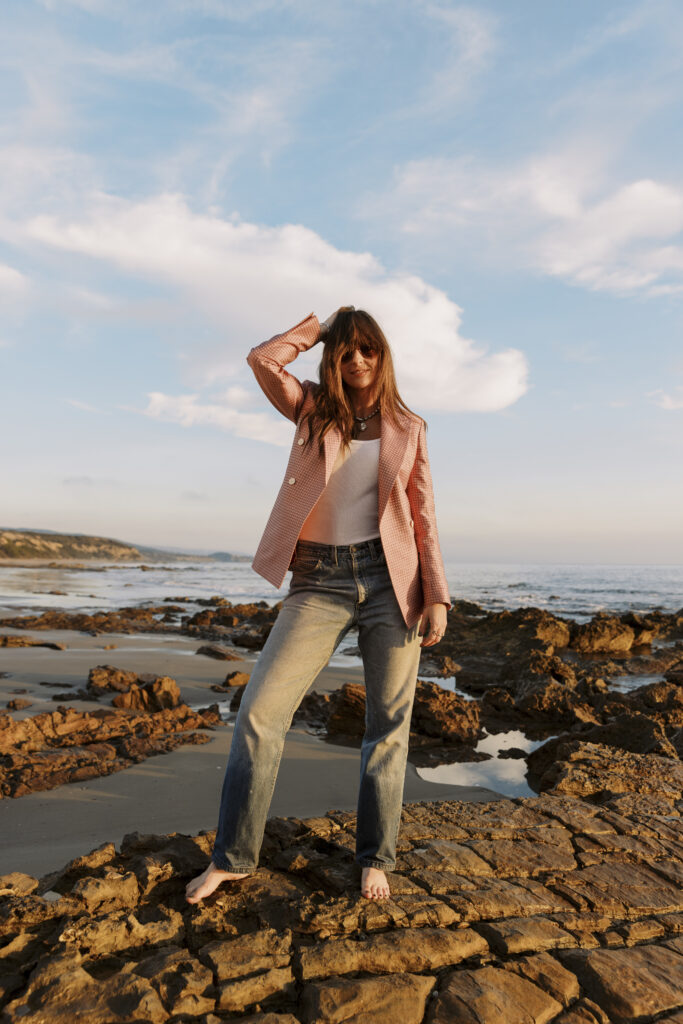
Ready to Take Your Creativity Farther?
If this post about daily journaling has sparked your creativity, I’d love to invite you to think about what mastering foundational art techniques could do for your creative practice! Whether you're just starting or have been creating for years, my course The Art Within is designed to help you tap into your artistic potential like never before. This step-by-step course goes beyond art tutorials, and instead focuses on teaching you true fundamentals, from how to master composition, color theory, and sketching—all while guiding you toward discovering your unique artistic style.
With over 1,000 students worldwide, I’ve received feedback time and time again that The Art Within is like having an art school experience, but at your own pace and without the hefty price tag. And the best part? You’ll walk away with the confidence to create original art you love—no more relying on other people's work or tutorials for inspiration. You can learn more (and sign up to get instant access) here.

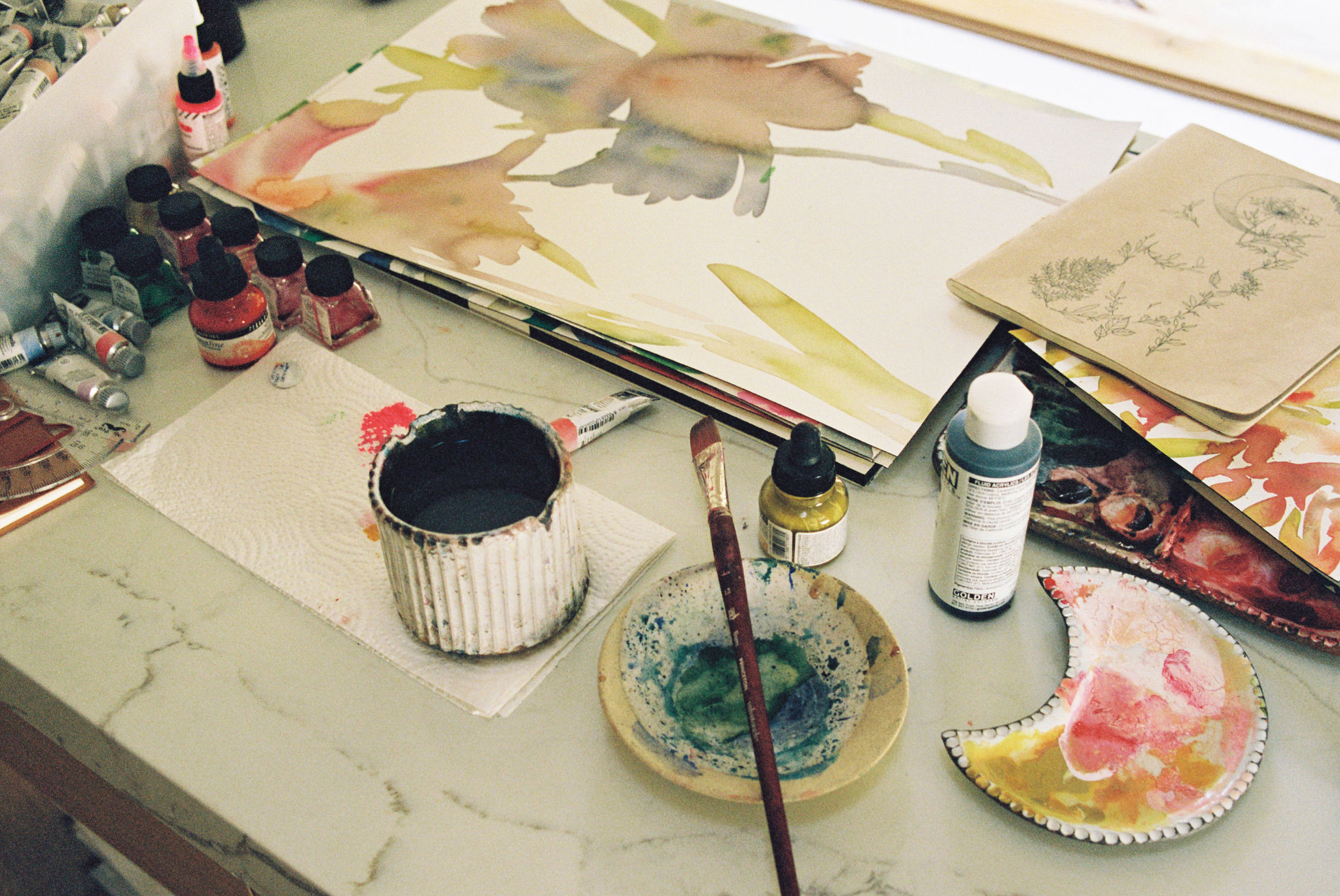


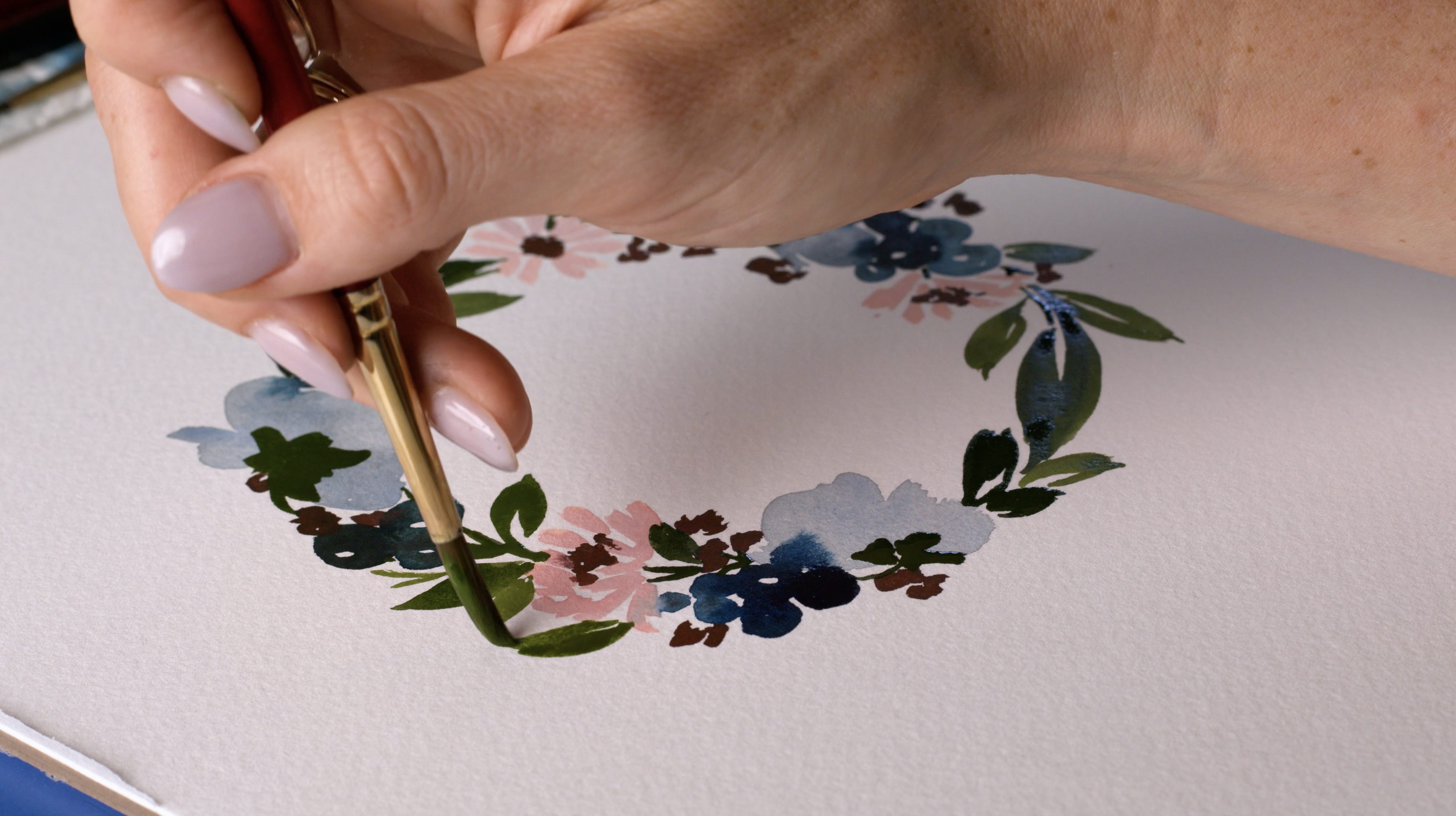

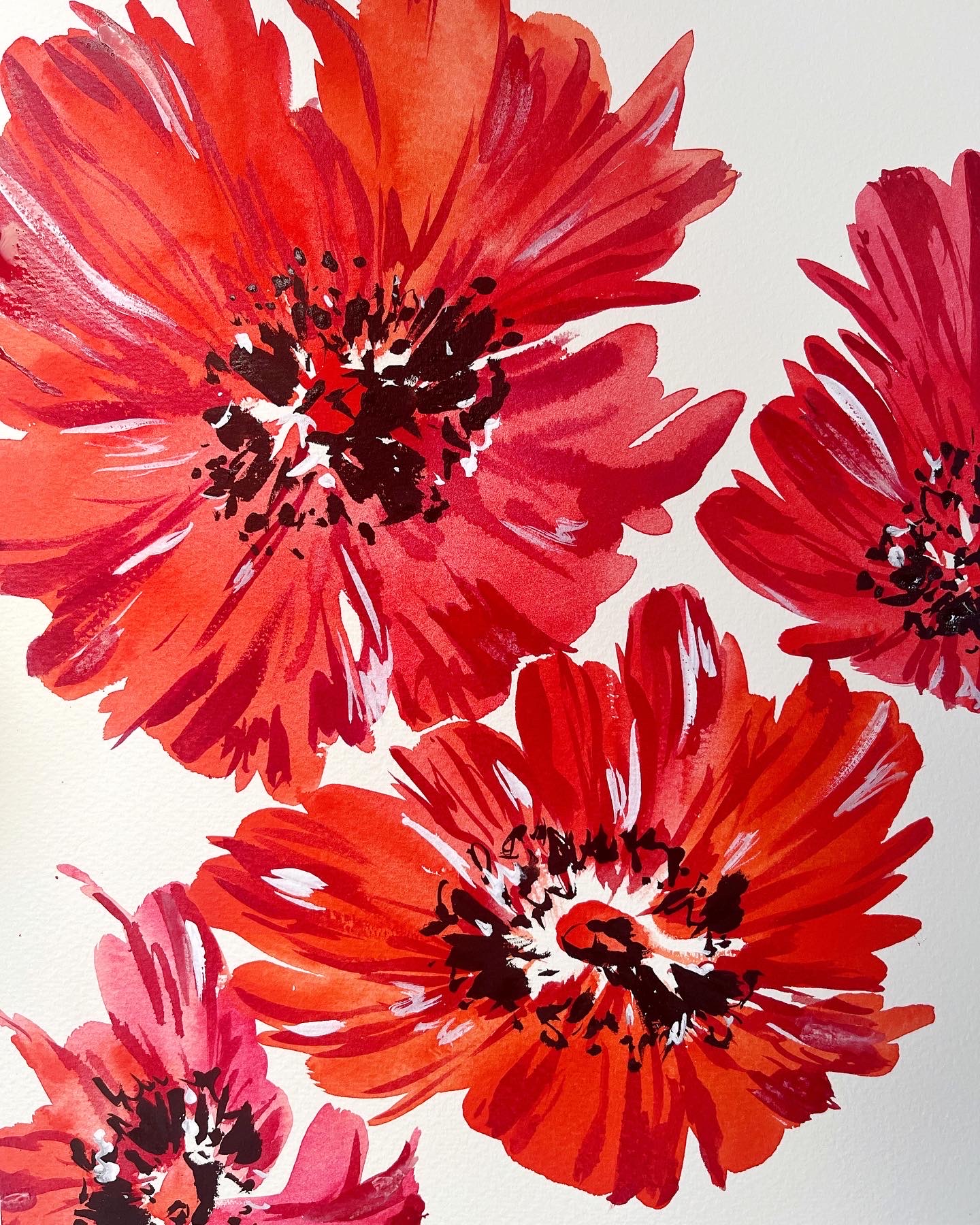
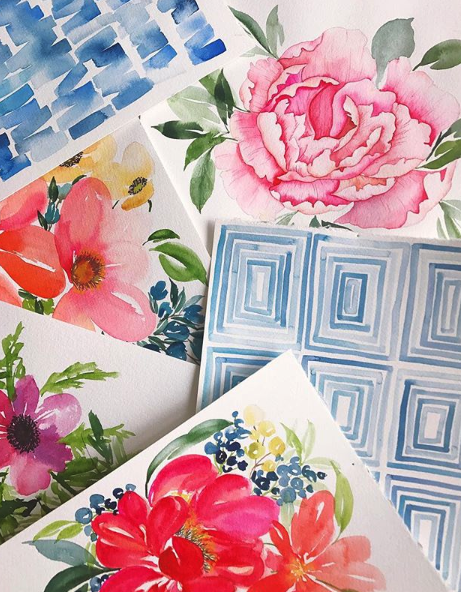
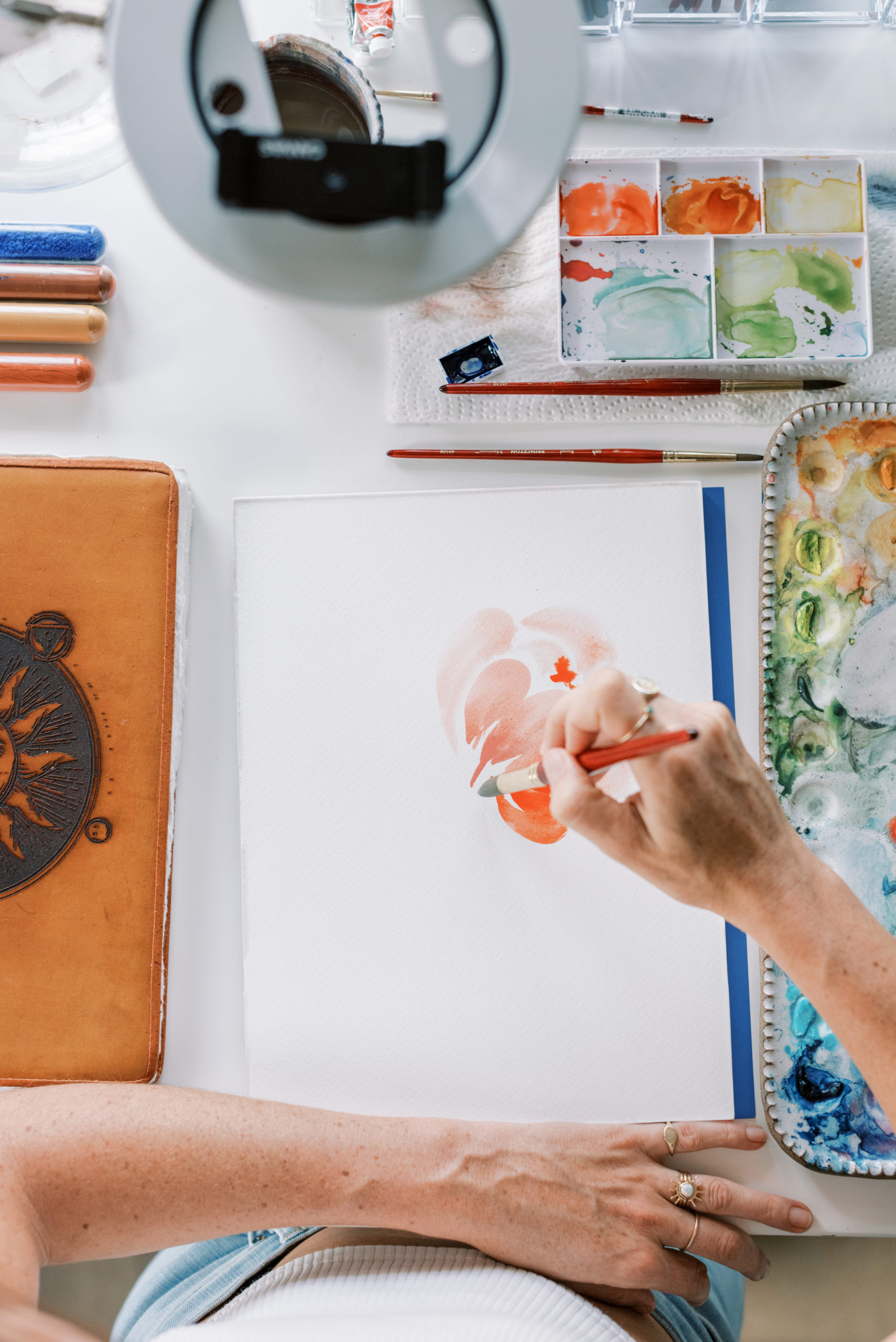
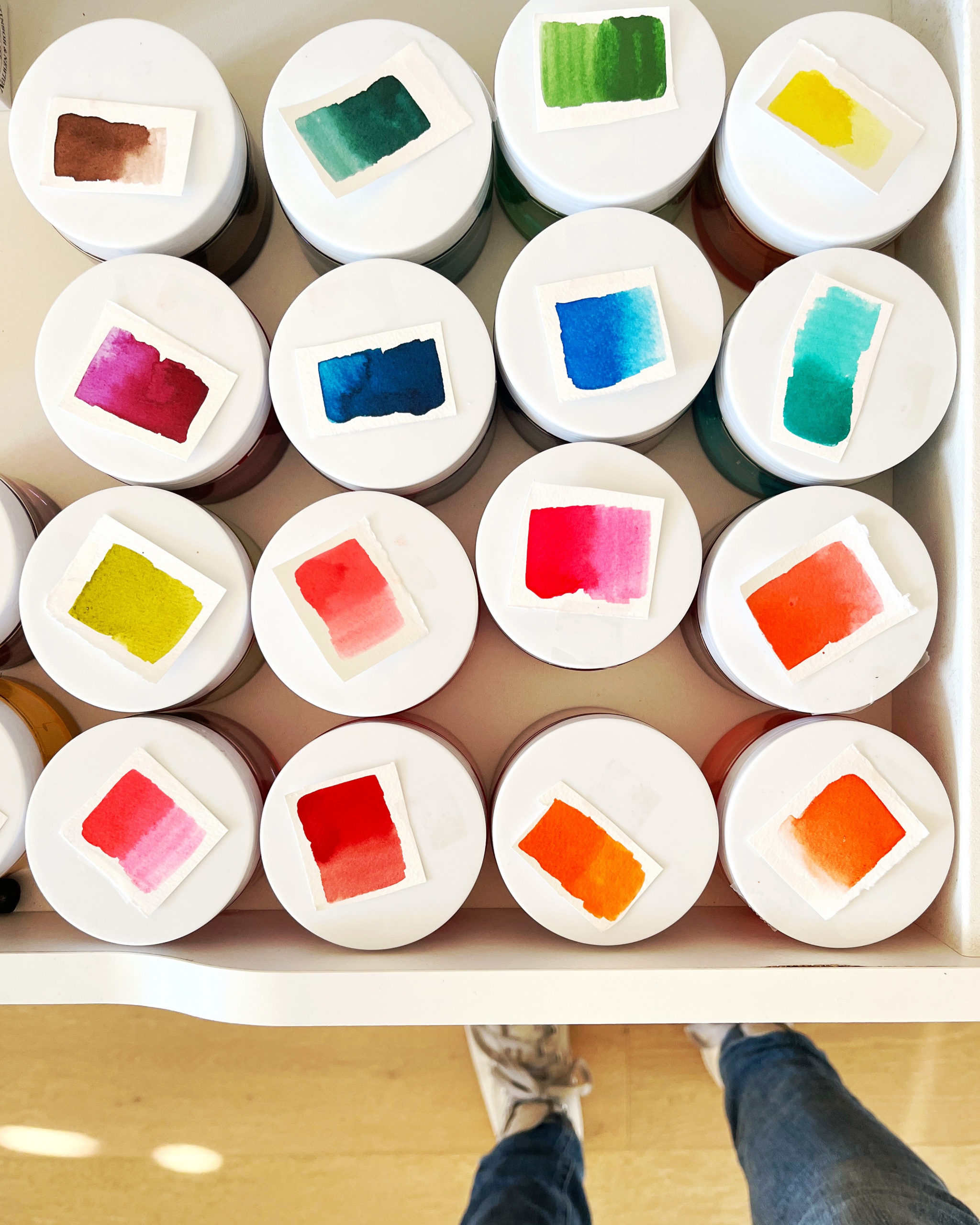
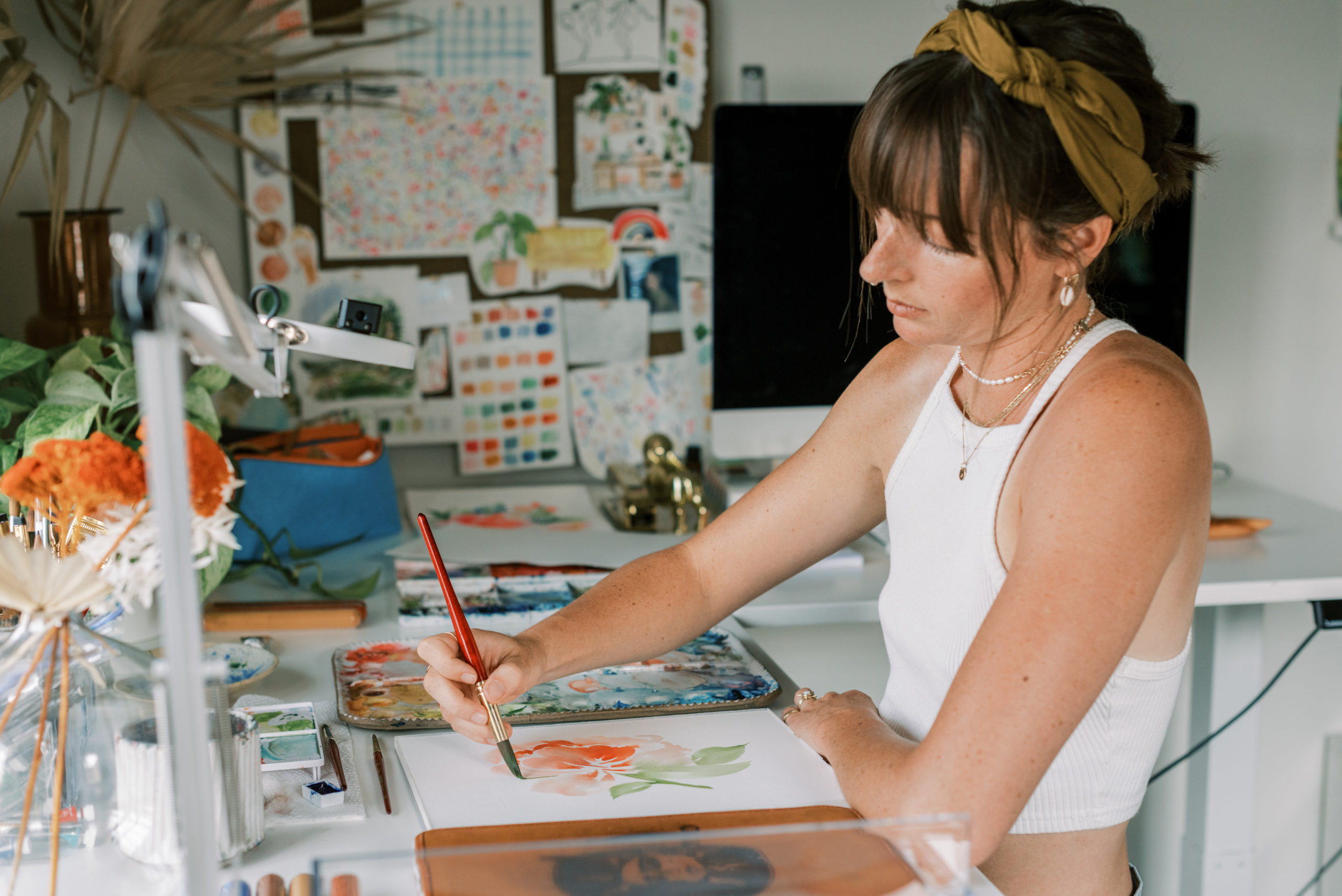

+ show Comments
- Hide Comments
add a comment